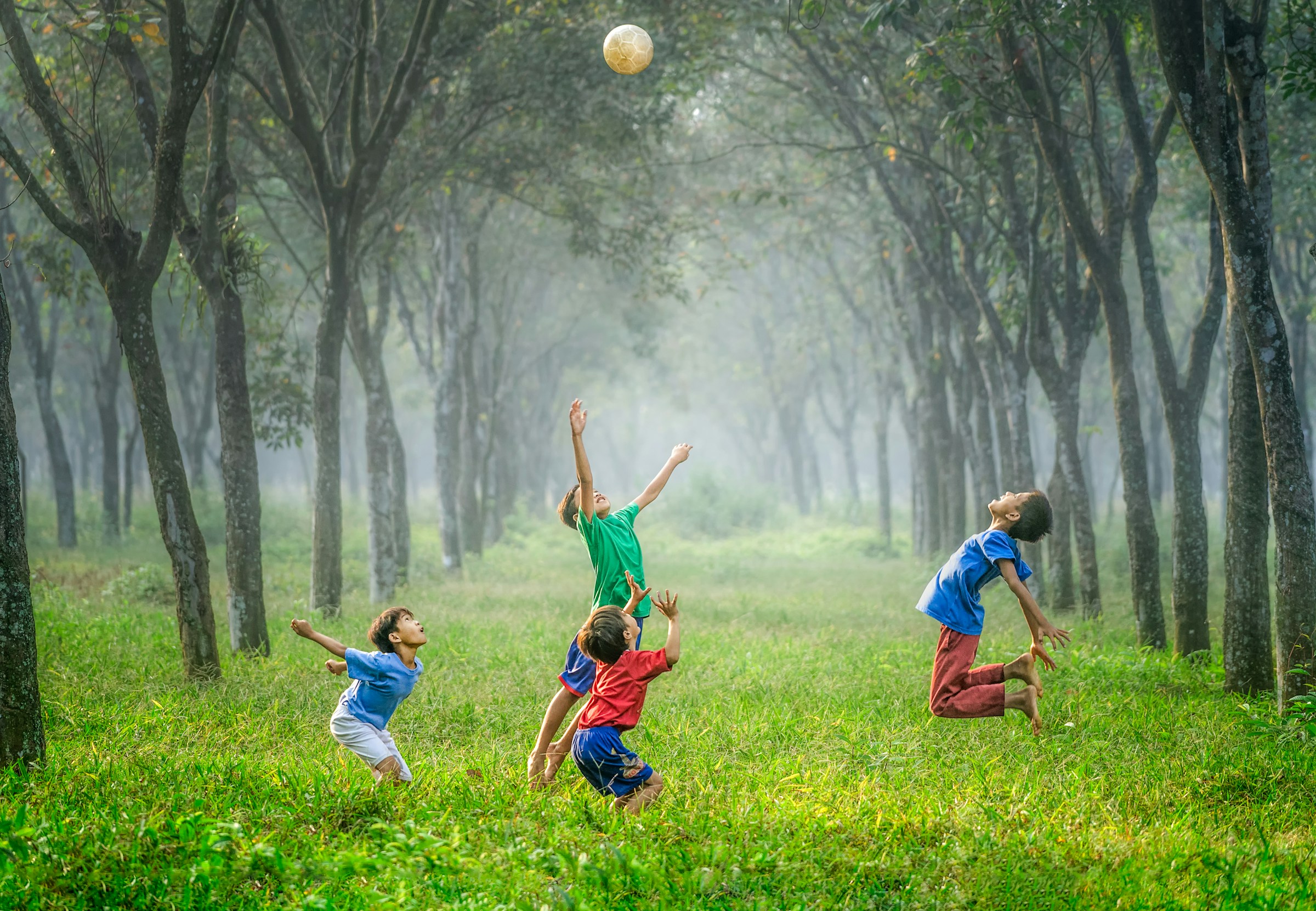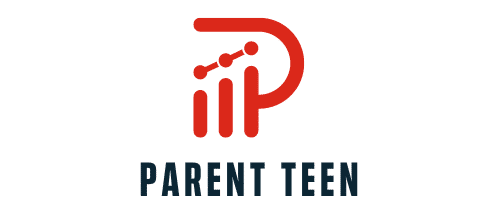How Does the Built Environment Affect Physical Activity Levels Among Adolescents?

As society continues to evolve, so does the built environment. Cities are expanding, land use is changing, and the way people transport themselves is continually developing. In this context, understanding the impact of the built environment on physical activity, particularly in adolescents, has become a critical topic of study. It is essential to understand how these changes are influencing the health of the new generation.
The Relationship Between the Built Environment and Physical Activity
The built environment refers to the human-made surroundings that provide the setting for human activity, ranging from buildings and parks to neighborhoods and cities, including their supporting infrastructure such as water supply or energy networks. It’s not something you often consider, but these urban environments significantly influence the health behaviors of their inhabitants.
In parallel : What Are the Best Practices for Skincare in Patients Undergoing Chemotherapy?
According to various studies, the built environment plays a critical role in promoting or hindering physical activity. Google Scholar provides an extensive database of research on this topic, showing a clear link between urban environments and levels of physical activity.
A study by the Crossref journal showed that physical features such as the availability of parks, sports facilities, and general land use are all positively correlated with increased physical activity. On the contrary, the presence of fast-food outlets had a negative association.
Also read : How to Establish a Sustainable Cardio Routine Post-Heart Attack?
The Role of Transportation Infrastructure
The transportation infrastructure in a given environment significantly influences physical activity levels. The choices made regarding transportation methods directly impact how much physical activity people get. Walking and cycling are key components of everyday physical activity, but their use largely depends on the nature of the built environment.
Research has shown that environments designed with pedestrians and cyclists in mind are more likely to encourage these forms of transportation, leading to higher physical activity levels. On the contrary, if an area is predominantly designed for motorized transport, the opportunities for physical activity significantly reduce.
A Google Scholar search reveals numerous studies highlighting the positive effect of pedestrian-friendly streets and cycling infrastructure on physical activity. For instance, neighborhoods with better sidewalk coverage, traffic-calming measures, and safe cycling lanes have been associated with higher levels of walking and cycling among residents, including children and adolescents.
The Importance of Green Spaces and Recreational Facilities
Green spaces, such as parks and playing fields, are essential components of the built environment that promote physical activity. They offer places for children and adolescents to play, engage in sports, and generally be active.
Several studies have demonstrated a positive correlation between access to green spaces and levels of physical activity among adolescents. A study published in the Public Health journal found that adolescents who lived closer to parks were more likely to meet the recommended guidelines for physical activity.
Similarly, the availability and accessibility of recreational facilities like sports centres, gyms, and swimming pools play a crucial role. They provide a dedicated space for physical activity and often offer structured programs targeted at adolescents.
School Environment and Physical Activity
The school environment is another critical factor in influencing the physical activity levels of adolescents. Schools can provide both direct (e.g., physical education classes, sports teams) and indirect (e.g., active transportation to and from school) opportunities for students to engage in physical activity.
Research indicates that schools with better physical education programs and sports facilities have students that are more active. For example, a study found that students at schools with higher-quality physical education programs were significantly more likely to be physically active than those at schools with lower-quality programs.
Moreover, the school’s location is also a factor. Schools located in areas that are safe for walking or cycling can encourage students to engage in these activities as a means of transportation, contributing to their overall physical activity.
Social Environment and Its Impact
Lastly, the social environment within the built environment can also influence adolescent physical activity. This includes aspects such as social norms, peer influences, and perceived safety.
The presence of friends or peers who are physically active can motivate adolescents to be active as well. On the other hand, perceptions of safety in a neighborhood can either encourage or discourage outdoor physical activity. If adolescents perceive their environment as unsafe, they are less likely to engage in outdoor physical activity.
In conclusion, the built environment plays a substantial role in determining the physical activity levels of adolescents. It is, therefore, necessary for urban planners and policymakers to consider these factors when designing and developing built environments.
The Interaction of Built Environment and Individual Factors
In addition to structural and environmental features, individual factors such as age, gender, and socio-economic status can influence how the built environment affects physical activity levels among adolescents. Individual traits or conditions interact with the environment to determine the amount and type of physical activity one engages in.
Research has indicated that boys are generally more active than girls and that older adolescents are less active than younger ones. This could be due to the varying interests and preferences of different age and gender groups, which can impact how they utilize the available resources in their environment. For instance, a study published in the International Journal highlighted that adolescent boys were more likely to use sports facilities, while girls were more attracted to outdoor green spaces for physical activity.
Socio-economic status also plays a pivotal role. Affluent neighborhoods often have better access to recreational facilities and green spaces, potentially leading to higher levels of physical activity among their residents. However, a study found on PubMed Crossref revealed that lower socio-economic groups often have higher levels of outdoor activity, possibly due to the lack of indoor facilities.
In essence, individual factors interact with the built environment, shaping an adolescent’s physical activity patterns. Therefore, it’s essential to consider these factors when designing interventions to promote physical activity.
The Influence of Urban Design and Planning
Urban design and planning significantly influence the built environment and, subsequently, physical activity levels. Urban layout, the proximity of homes to recreational facilities, and the degree of residential density can either encourage or inhibit physical activity.
An optimal urban design for promoting physical activity would include a mix of land uses, allowing residential, commercial, and public spaces to exist close to each other. This encourages walking and cycling as a mode of transportation, fostering regular physical activity. A study found on Google Scholar affirms that adolescents living in mixed-use neighborhoods are more likely to meet the recommended guidelines for physical activity.
Moreover, the proximity of homes to recreational facilities also matters. The closer these facilities are to residential areas, the more likely adolescents are to utilize them. Lastly, residential density also plays a role. High-density areas often have more amenities within walking distance, promoting pedestrian activity.
In conclusion, urban design and planning are critical in shaping the built environment and influencing adolescents’ physical activity levels.
Conclusion
In essence, the built environment significantly shapes the physical activity levels among adolescents. Its components, including transportation infrastructure, green spaces, recreational facilities, school, and social environment, all play a considerable part. Likewise, individual characteristics and urban design are equally important.
Moreover, the implications of these findings extend beyond physical health. Regular physical activity is associated with improved mental health, better academic performance, and a reduced risk of chronic diseases in adulthood.
Therefore, it is of utmost importance for urban planners, policymakers, and health professionals to collaboratively work towards creating built environments that encourage and support physical activity. By making physical activity a convenient, safe, and enjoyable part of daily life, we can foster healthier and more active lifestyles among our youth. This is not just an urban planning or public health issue, but a matter of ensuring the well-being of our future generations.
